Meet KITTY
A 3-month-old, spayed-female, mixed-breed kitten
- Kitty is at the clinic for physical examination and vaccination.
- The local animal shelter rescued and spayed Kitty about 3 weeks prior to her adoption by this owner.
- The owner is currently feeding a canned kitten food and wonders about the best way to feed Kitty as she grows.

Kitten & Puppy
Decreased Energy Needs in Pets After Spaying or Neutering
Neutering may increase a pet’s risk for becoming overweight. The age when a dog or cat is neutered often corresponds with a natural decrease in the pet’s growth rate and energy needs. Neutered animals also tend to consume more food and have a reduced basal metabolic rate — meaning they require less energy to keep the body functioning at rest.
Key Messages
- It is important to reduce the pet’s caloric intake after spaying/neutering because:
- Overweight or obese dogs are at an increased risk of developing a range of chronic illnesses and a decreased length and quality of life.
- Overweight cats are more likely to suffer from diabetes mellitus, constipation, orthopedic disease, urinary tract disease and skin disease.
- Caloric intake should be reduced by around 30% to account for lower energy needs after spaying/neutering. Thereafter, adjustments should be made to maintain a lean, healthy body condition.


Related Tools and Content:
Feeding Management of the Neutered Cat by Jennifer A. Larsen
Neutered cats are predisposed to becoming overweight or obese.
The Purina Body Condition System
The Purina Body Condition System is an easy and practical tool for assessing a pet's body composition.
How to Perform a Body Condition Assessment - Dog
Assess a dog's Body Condition Score in just 3 simple steps.
How to Perform a Body Condition Assessment - Cat
Assess a cat's Body Condition Score in just 3 simple steps.
To Share With Pet Owner:
Evaluating Your Dog’s Body Condition
Assess your dog's Body Condition in just 3 simple steps.
Evaluating Your Cat’s Body Condition
Assess your cat's Body Condition in just 3 simple steps.
Feeding to Support Ideal Body Condition: Nutrition After Spay or Neuter
Share this handout with pet owners to help explain that nutritional needs may change after their pet is spayed or neutered.
Additional Resources
Salt, C., Morris, P. J., Wilson, D., Lund, E. M., & German, A. J. (2019). Association between life span and body condition in neutered client-owned dogs. Journal of Veterinary Internal Medicine, 33, 89–99.
Eirmann, L. A. (2014). The challenge of providing feeding recommendations for puppies after neutering. Proceedings of the Purina Companion Animal Nutrition Summit: Nutrition for Life, Austin, Texas, 25–31.
Larsen, J. A. (2017). Risk of obesity in the neutered cat. Journal of Feline Medicine and Surgery, 19(8), 779–783.